What is an Order Book and Order Depth?
1. What is an Order Book?
2. What is Order Depth?
3. Components of an Order Book
4. What Does an Order Book Do?
5. Importance of the Order Book
6. MEXC Visualization Features
Popular Articles
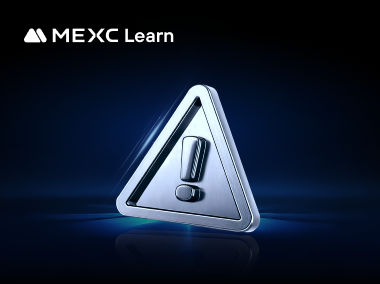
MEXC Copy Trading Service Agreement
This MEXC Copy Trading Service Agreement ("Agreement") is a contract between you ("you", "your" or "User") and MEXC ("we", "our", "us" or "MEXC"). It sets out the terms and conditions that governs you
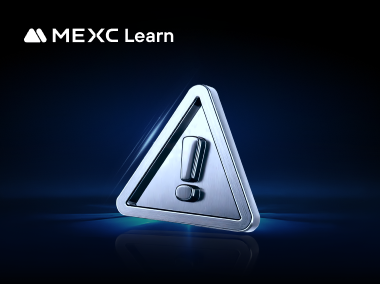
MEXC Copy Trading Service Agreement
This MEXC Copy Trading Service Agreement ("Agreement") is a contract between you ("you", "your" or "User") and MEXC ("we", "our", "us" or "MEXC"). It sets out the terms and conditions that governs you

How to Recover Funds Lost in ETH Transfer Scams? Step-by-Step Recovery Methods
Losing Ethereum to transfer scams is devastating, but recovery may still be possible if you act quickly.This guide walks you through the critical steps to take immediately after discovering fraud, fro

Is Ethereum a Stablecoin? The Truth About Ethereum and Stability
Many crypto newcomers wonder: is Ethereum a stablecoin? The short answer is no. Ethereum is a volatile cryptocurrency that powers decentralized applications, while stablecoins are designed to maintain
Hot Crypto Updates
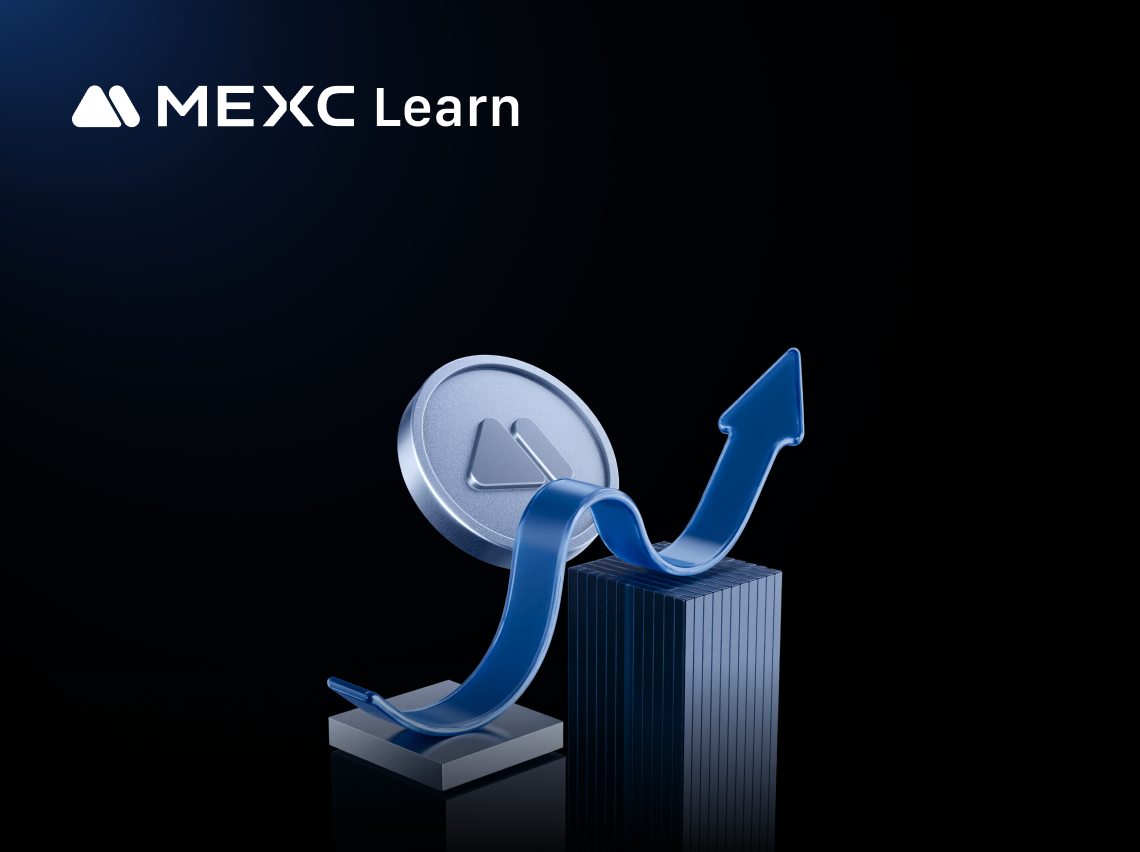
Dogecoin (DOGE) 7-day Price Change
The Latest Dogecoin (DOGE) price has shown significant movement over the past week. In this article, we'll examine its current Dogecoin price, 7-day DOGE price performance, and the market factors shap
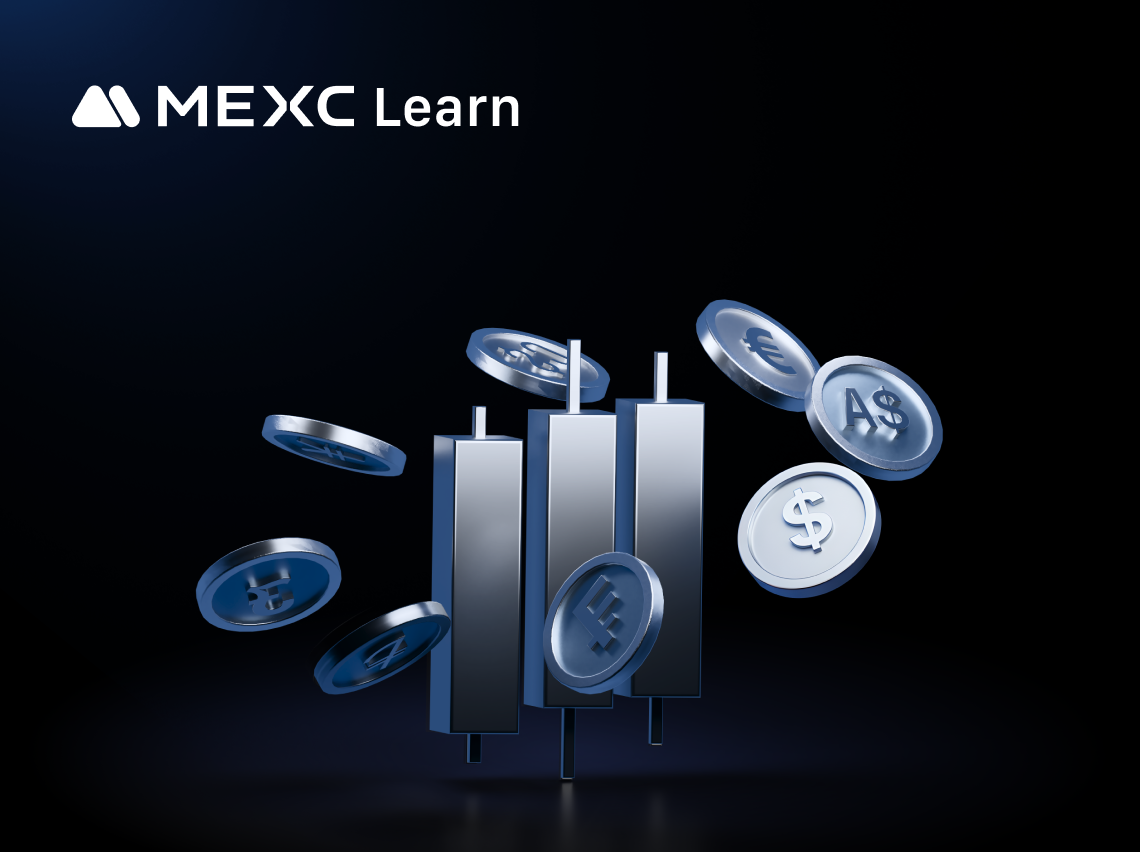
Dogecoin (DOGE) Price Prediction: Market Forecast and Analysis
Understanding the price prediction of Dogecoin (DOGE) gives traders and investors a forward-looking perspective on potential market trends. Dogecoin price predictions aren't guarantees, but they provi
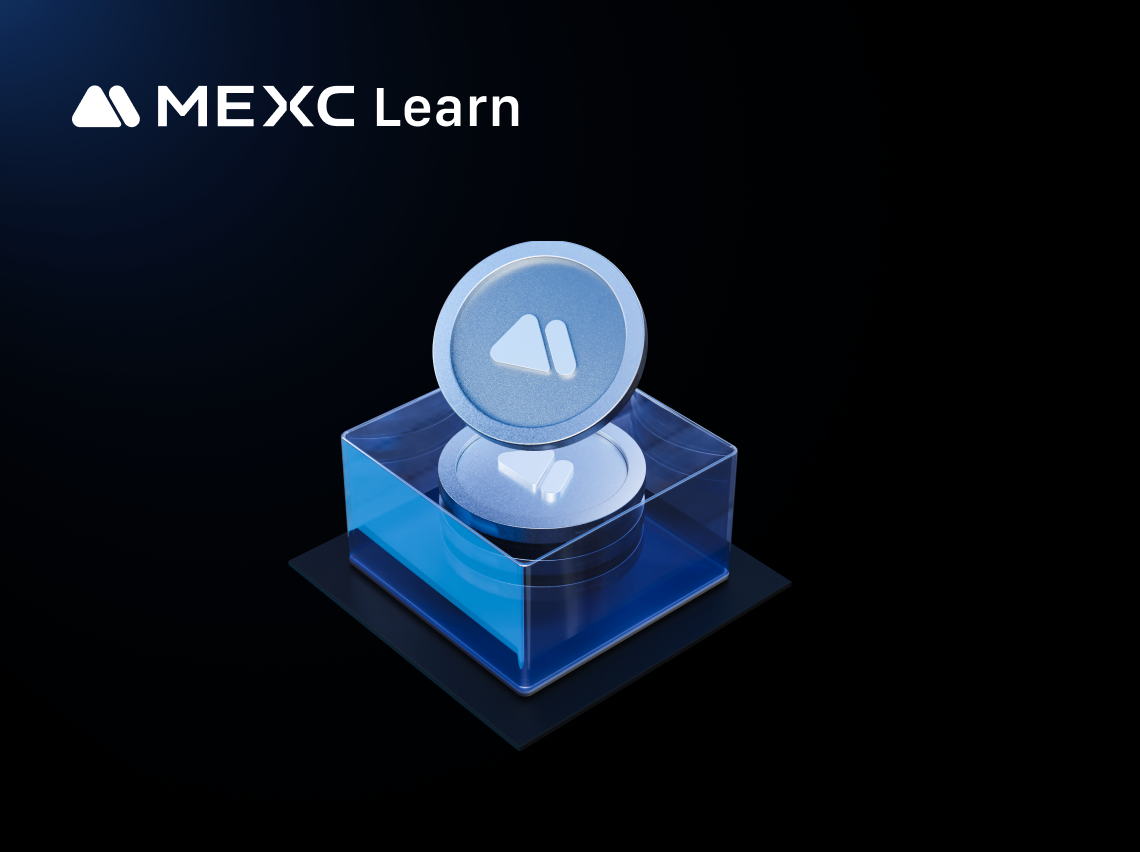
Dogecoin (DOGE) Short-Term Price Prediction
Introduction to DOGE Short-Term Price PredictionsIn the fast-paced world of cryptocurrency trading, short-term price predictions can help traders identify opportunities in daily, weekly, and monthly t
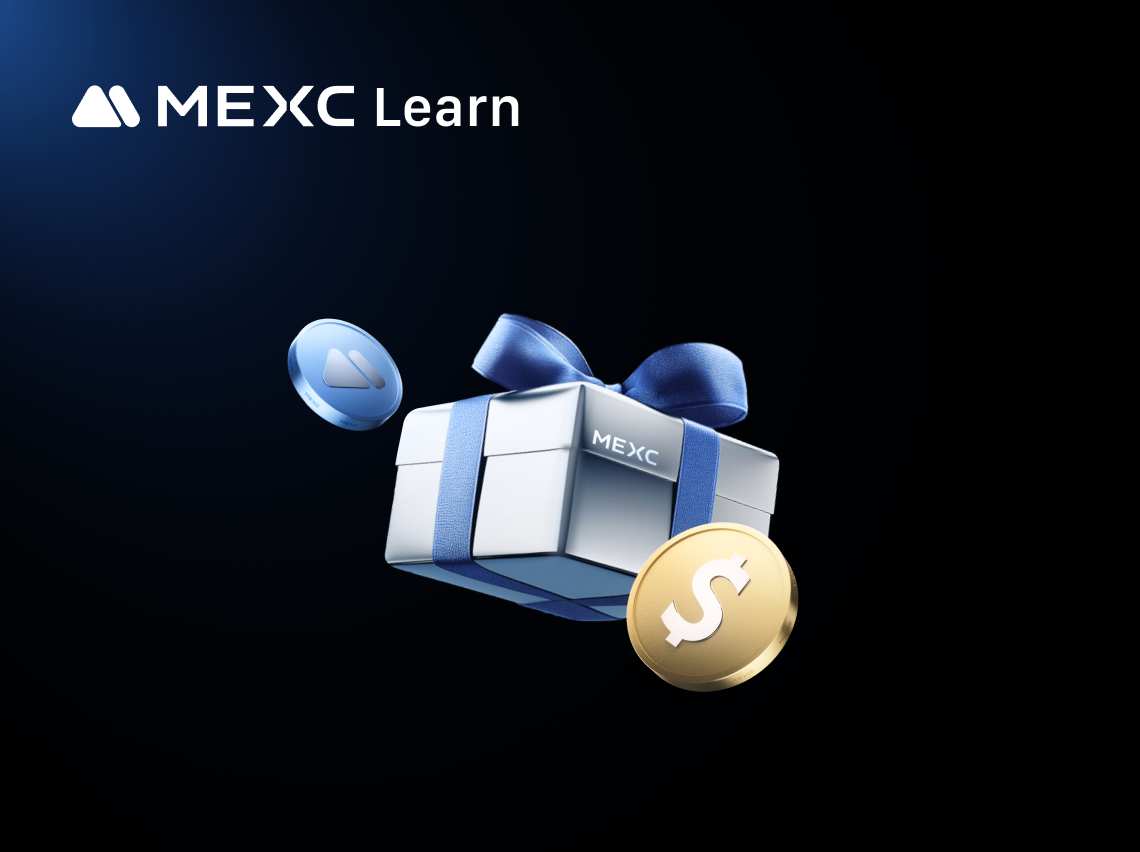
Dogecoin (DOGE) Latest Price: Fresh Market Updates
The crypto market changes minute by minute, and the latest Dogecoin (DOGE) price offers the most up-to-date snapshot of its value.[2] In this article, we highlight the newest movements, fresh data fro
Trending News

FTX Trust Sues Genesis Digital for $1.15B Clawback Over Alleged Fraudulent Transfers
The FTX Recovery Trust has filed a $1.15 billion lawsuit against the Bitcoin mining firm Genesis Digital Assets, alleging fraudulent transfers. The complaint, filed on Monday in U.S. Bankruptcy Court
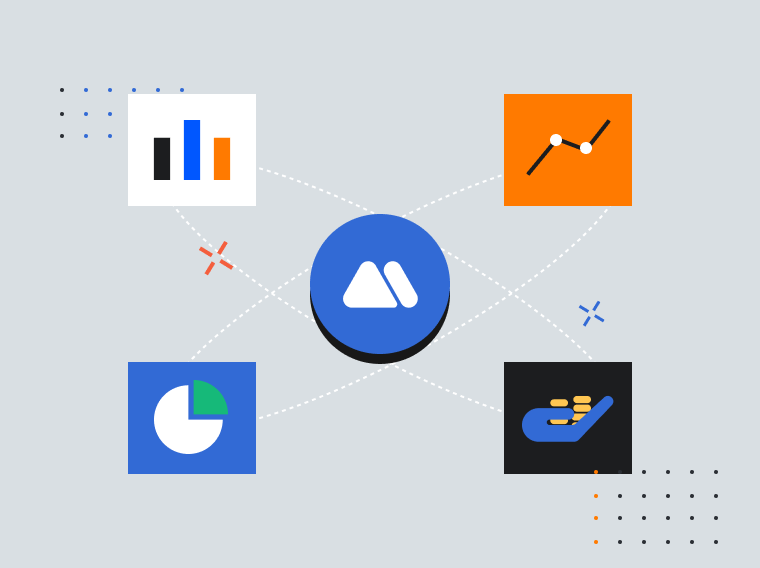
Ripple-Backed Evernorth Faces $220M Loss on XRP Holdings Amid Market Slump
TLDR Evernorth invested $947M in XRP, now valued at $724M, a loss of over $220M. XRP’s price dropped 16% in the last 30 days, leading to Evernorth’s paper losses

New Trump appointee Miran calls for half-point cut in only dissent as rest of Fed bands together
The post New Trump appointee Miran calls for half-point cut in only dissent as rest of Fed bands together appeared on BitcoinEthereumNews.com. Stephen Miran, chairman of the Council of Economic Advise

Exclusive interview with Smokey The Bera, co-founder of Berachain: How the innovative PoL public chain solves the liquidity problem and may be launched in a few months
Recently, PANews interviewed Smokey The Bera, co-founder of Berachain, to unravel the background of the establishment of this anonymous project, Berachain's PoL mechanism, the latest developments, and
Related Articles

How to Manage Sub-Accounts
1. What is a Sub-AccountUnder your MEXC account, you can set up multiple sub-accounts to assist you in your daily trading activities. For example, you can use one sub-account for spot trading and anot
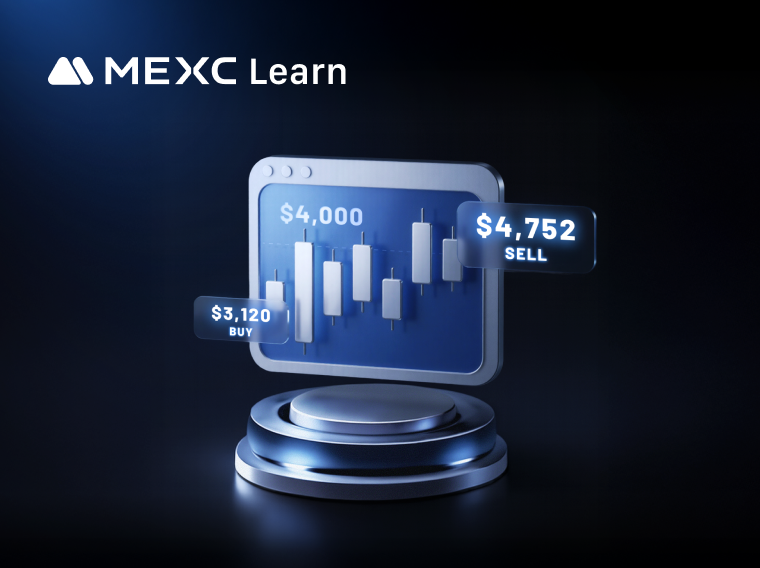
What are Take-Profit/Stop-Loss Orders? Your Automated Tool for Risk Management and Profit Locking
1. What Is a Take-Profit/Stop-Loss Order? A Take-Profit/Stop-Loss order lets users set a trigger price in advance, along with the price and quantity to buy or sell once the trigger is reached. When th
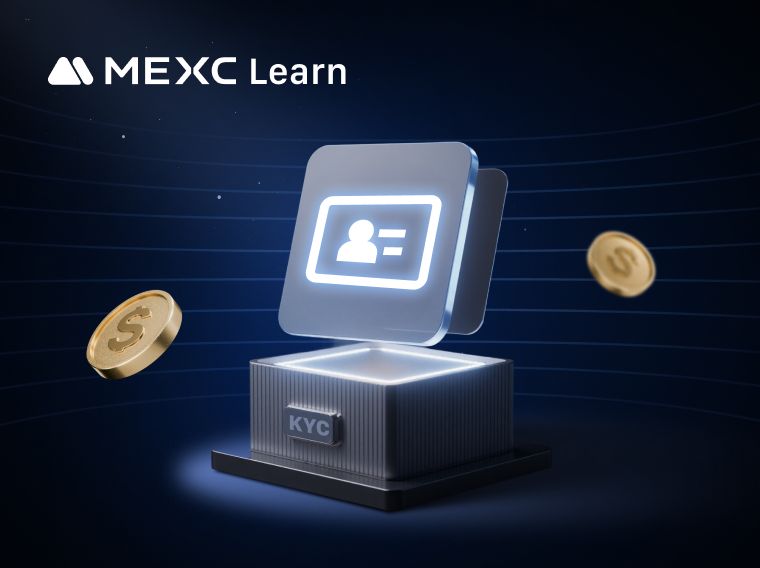
KYC Uncovered: The Key to Crypto Trading and Finance
1. AbstractKYC (Know Your Customer) is a globally recognized compliance procedure in the financial industry, designed to verify customer identities, understand their financial behavior, and prevent il
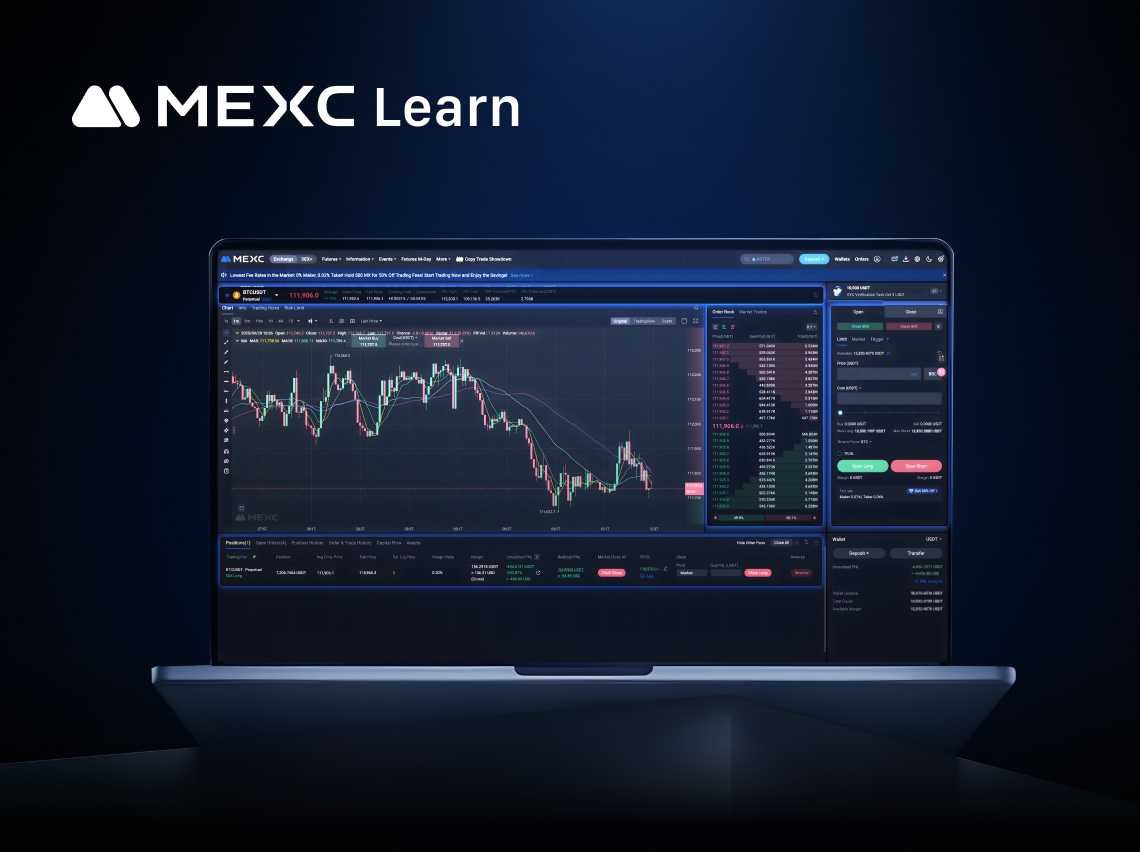
A Must-Read Before Trading Futures: Key Terms Explained
For many investors, futures trading is a field full of opportunities but also significant challenges. Compared to spot trading, it involves more specialized terminology and complex mechanisms. When yo
